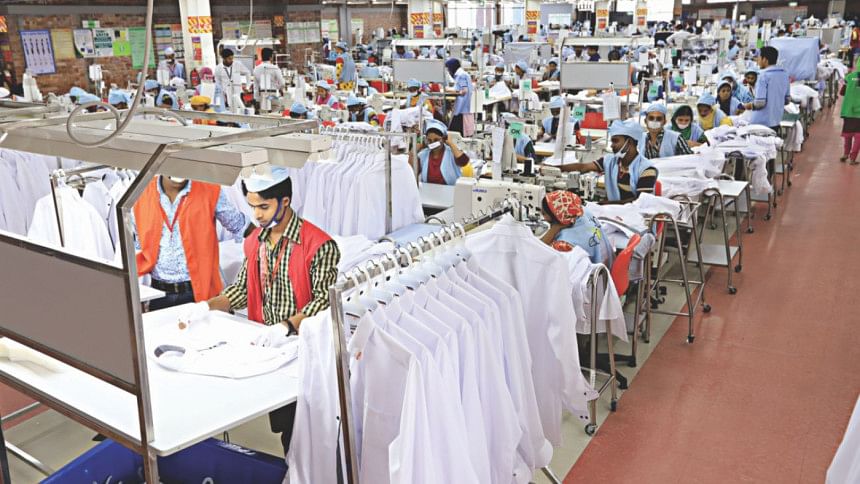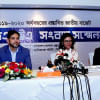Garment sector saw highest industrial disputes in 2017

About half of the industrial disputes that took place last year were in the garment sector, according to the Bangladesh Institute of Labour Studies (BILS).
A total of 181 industrial disputes took place in 2017, 91 of which were in the garment sector, making it the clear frontrunner, according to a survey that was launched yesterday ahead of the May Day.
The next highest incidence of industrial disputes was seen in the transport sector (36), followed by tobacco (7), agriculture (6), sugar (5) and waterways transports (5), according to the Labour Situation Report 2017 of the BILS.
The paper was prepared using reports published in different national newspapers last year.
Some 40 percent of the disputes took place over arrears, 25 percent over rights and other claims, 10 percent for closure of the factories, 8 percent for beating workers, 4 percent for over-time allowance and 4 percent for compensation.
A total of 68 demonstrations, 21 human chains, 18 strikes, 15 road blocks and 12 gatherings were seen last year, the study found.
Some 784 workers, including 21 females, were killed in different workplace-related accidents last year.
Of the total, 307 were killed in the transport sector, making it the deadliest sector, followed by construction at 131.
Moreover, a total of 517, including 109 female, workers were injured in their workplaces last year.
Of the number, 158 were in the garment sector, which is the highest, followed by construction at 91.

Since the garment sector is the largest in the country, the number of disputes is bound to be higher than the other sectors, said Siddiqur Rahman, president of the Bangladesh Garment Manufacturers and Exporters Association.
Some 4.4 million workers are directly employed in the apparel sector in more than 4,000 active garment factories.
And if the backward and forward linkage industries are included, the number would surpass one crore, he said.
“So, industrial disputes can take place among these workers.”
But the BGMEA has strong dispute resolution measures, he said, citing the arbitration cell that realised crores of taka from factory owners to settle disputes.
“We have settled hundreds of disputes from the BGMEA arbitration cell over the years,” Rahman said, adding that the workers themselves have been going to the labour courts for resolving disputes.
However, the BILS in its survey did not mention how many dispute cases were settled either by the BGMEA arbitration cell or by the labour courts, he said.
The BILS also did not mention how much money was realised by the arbitration cell and by the labour courts so far to settle the disputes in the garment sector.
The Department of Labour, which is responsible for industrial dispute resolution, cannot act independently for different reasons, said Syed Sultan Uddin Ahmed, executive director of BILS.
In many cases, workers are not aware of the dispute mechanism or they do not know where to go for settling disputes.
He acknowledged the efficacy of the BGMEA arbitration cell.
“But it has been settling disputes at the individual level and not at the national level. Besides, dispute mechanism in the BGMEA arbitration cell despite being well recognised has no legal base.”
Subsequently, he called for making the labour directorate effective such that workers of all industries can turn to for dispute resolution.

 For all latest news, follow The Daily Star's Google News channel.
For all latest news, follow The Daily Star's Google News channel. 








Comments